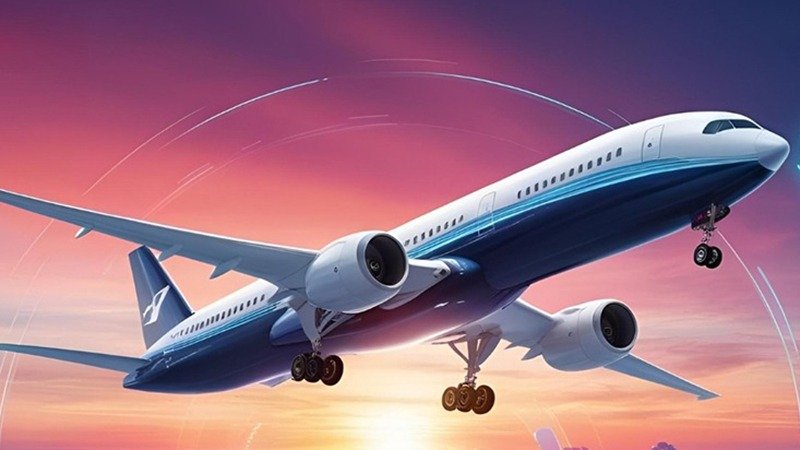The summer travel season, historically the pinnacle of profitability for North American airlines, is facing significant challenges this year. According to FlightGlobal’s Q1 2025 performance report, North American carriers recorded a net loss of $166 million in the first quarter of 2025, up from a $132 million loss in the same period of 2024. This trend raises concerns, especially as the industry entered 2025 with optimistic growth forecasts.
Ongoing Challenges Impacting Airline Performance
The airline sector is not expected to fare better in the coming months. Air traffic control disruptions, alongside safety concerns stemming from a fatal crash in Washington, D.C., and an incident involving Delta Airlines at Toronto’s Pearson Airport that resulted in multiple injuries, have shaken passenger confidence across North America.
Political tensions, economic uncertainties, and currency fluctuations have further dampened demand. In response to these factors, airlines have begun cutting routes and adjusting their earnings forecasts just as the critical summer season approaches.
The Summer Season: A Critical Revenue Period
“It really is a perfect storm of a lot of things affecting the airlines,” stated William McGee, Senior Fellow for aviation and travel at the American Economic Liberties Project. “Summer is definitely going to be softer for the airlines. And summer is where the biggest part of the money is made.”
Air Canada, for instance, typically generates nearly 30% of its annual revenue during the third quarter, with summer travel to Europe and the U.S. driving this volume. In 2024, the airline’s summer business alone contributed approximately 27.4% of its total annual revenue.
In the U.S., the peak travel season spans from Memorial Day to Labor Day. Last year, U.S. airlines facilitated a record-breaking 271 million passengers during this period, accounting for around 27% of total annual capacity.
Calls for Government Assistance
Faced with these declining conditions, U.S. airline CEOs are urgently seeking government intervention. In a letter to Congress, they urged lawmakers to approve significant funding to overhaul the outdated U.S. air traffic control system, which they describe as “wildly out of date” and failing to meet the needs of American travelers.
“Aviation remains the safest mode of transportation,” the CEOs stated, “but for it to remain so, serious upgrades need to happen now.” This call comes in light of a 2023 review by U.S. aviation experts appointed by the FAA, highlighting the need for immediate modernization to prevent further accidents in the wake of recent close calls.
Concerns Over FAA Staffing Cuts
McGee recently criticized U.S. Secretary of Transportation Mike Duffy for implementing layoffs during a period when the airline sector is struggling with numerous challenges. He stated, “It’s disingenuous of Secretary Duffy to dismiss those layoffs by saying, ‘Oh, it’s only a small percentage of the overall staffing at FAA.’ Why would you lay off technicians that monitor and fix them? Makes no sense whatsoever.”
As the aviation industry braces for what could be a turbulent summer, the need for comprehensive solutions has never been more critical. Without swift action, the potential for ongoing discontent among travelers and financial strain for airlines remains high.



